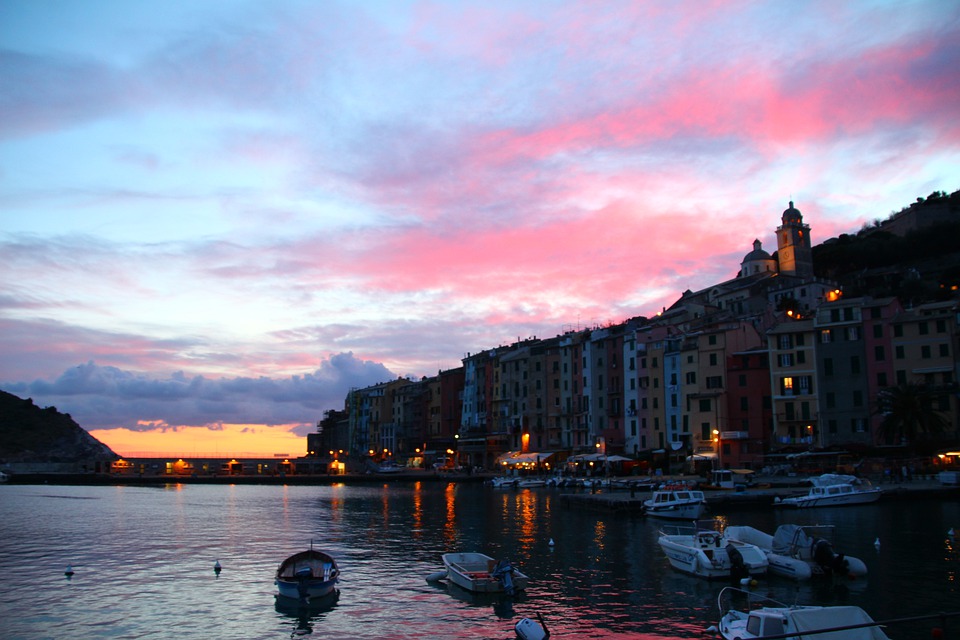
Balance of the Impact of the war in Ukraine in Tuscany
-
Tomaso Comazzi
- 23/03/2022
Pre-crisis Situation
Overnight stays of Russian, Ukrainian and Belarusian tourists in Tuscany:
- 2019: 864,000
- 2020: 126,096 (-86% compared to 2019)
- 2021: 135,739 (+71,5% compared to 2020)
Two Possible Scenarios for 2022
Assuming the full recovery of admissions from Russia, Ukraine and Belarus to pre-pandemic levels (around 864,000 presences) and an average daily tourist expenditure if about 161€/person/day, the direct impact of the lack of tourism consumption linked to these nationalities can be estimated at 160 million euros (between 1.5 and 1.8% of total tourist spending in Tuscany in 2019)
Assuming that Russian, Ukrainian and Belarus presence will register an increase equal to the one occurred in 2021 for European presences as a whole (around 80%), it would lead in 2022 to 244,000 presences. The direct impact of the lack of tourist consumption linked to these nationalities can be estimated at between 40 and 48 million euros (equal respectively to 0.4 and 0.5% of the total tourist expenditure in Tuscany).
In both scenarios, the direct impact of the war of aggression on Ukraine, considering only the nationalities involved, appears limited.
Economic Consequences
Climate of insecurity and economic uncertainty and its consequences on the tenor of international relations between states resulting tourists to shorten the radius of travel for tourism
Increase in transport costs caused by the rise in the price of energy raw materials. It would have a heavy impact on the cost of long-haul intercontinental travel, but also on international travel within each continent, which usually involves personal transport. The high and rising level of transportation fuel prices could therefore prove to be a particularly influential factor in the visiting choices of the Europeans.
Inflationary dynamic at a national and international level, which would translate into a significant decrease in real incomes of most families.
These consequences would lead to a general containment of the propensity to carry out tourist activity, especially long-distance travel, and a tendency to reduce the propensity to spend.